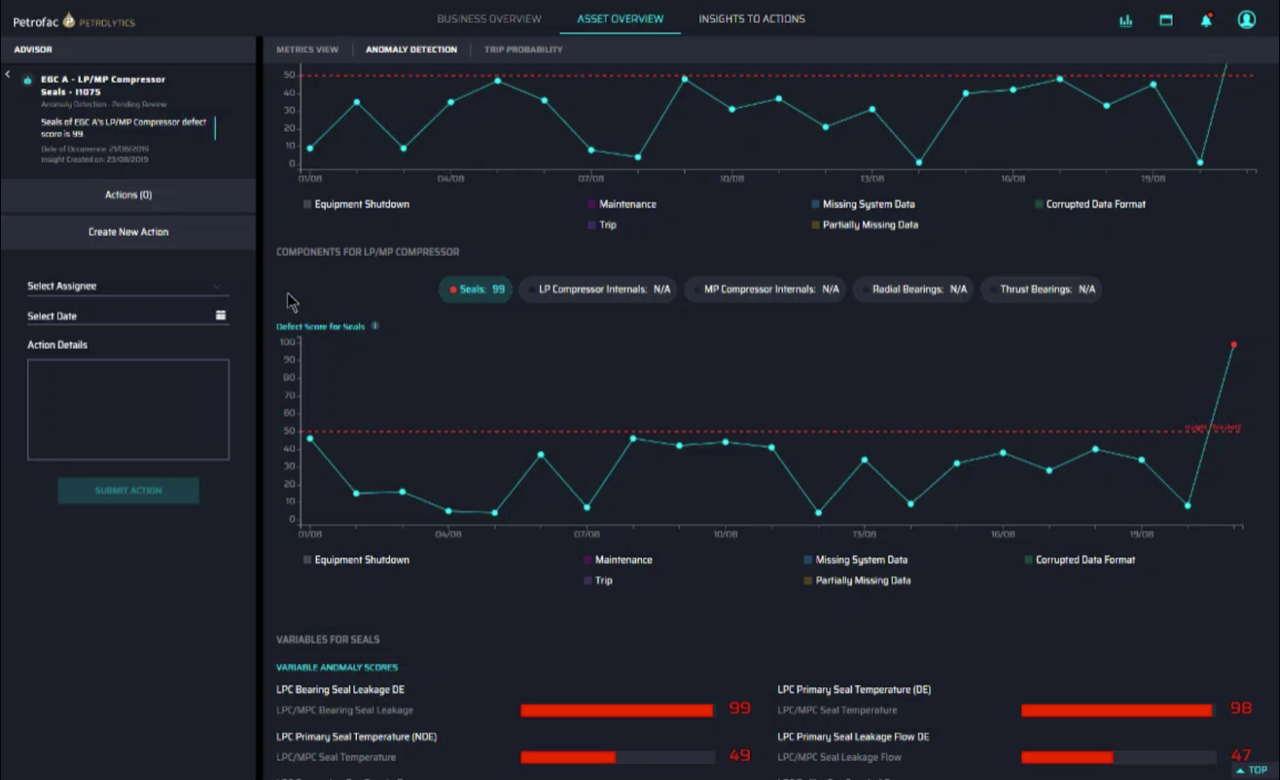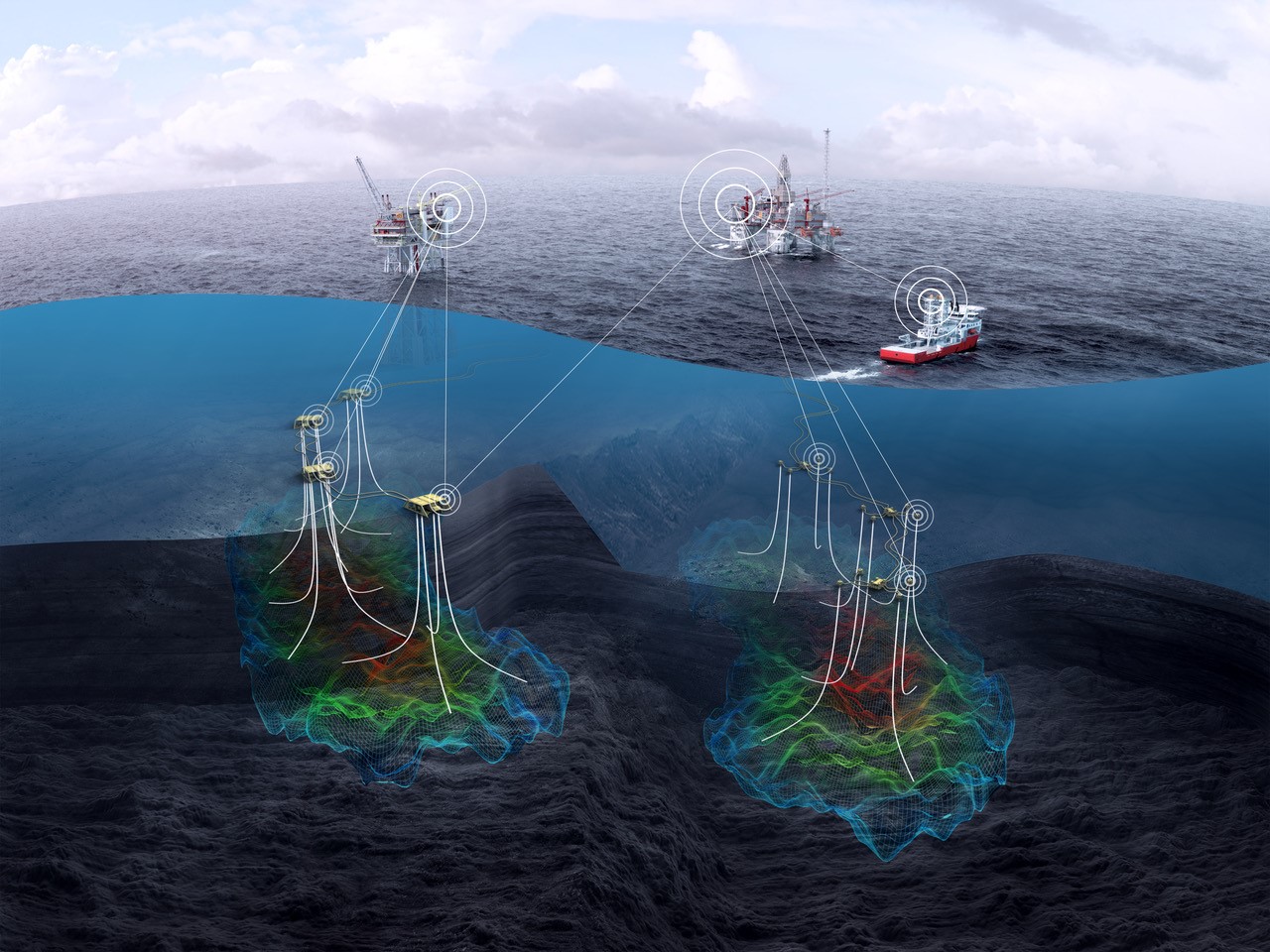
Digitalization drive gets fresh momentum for oil and gas operators
A growing body of evidence suggests the oil and gas industry’s digitalization drive is now going mainstream, with spending on digital solutions no longer subject to fluctuating prices. One notable facet of the rapid changes witnessed in oil markets in 2020-21 was the absence of a dramatic impact on the investment going into digitalization, which remained broadly constant, even while IOCs reduced capital expenditure.
Contracts activity relating to digitalization in the upstream remained resilient in the last two years, notes Ravindra Puranik, oil & gas analyst at GlobalData, a data and analytics firm, despite the pandemic-led industry downturn. Upstream hotspots in the North Sea, Norwegian Sea and Persian Gulf regions, as well as the US Lower 48 play, attracted bulk of these contracts, he said.
GlobalData reckons that COVID-19 has been a wake-up call to the upheaval that a sudden drop in energy demand and/or labor availability can cause, and digital oilfield technologies such as digital twins and other remote monitoring solutions will be gamechangers in upstream oil and gas operations.
As Charlotte Newton, analyst on the thematic research team at GlobalData, commented: “Technologies such as digital twins have the potential to be the backbone of digitalization in the sector. By creating 3D images and simulations of assets, systems, and processes, oil companies can imagine more sophisticated, and more reliable, machinery in oilfields both now and in the near future.”
The oil and gas industry saw major disruption during the first waves of the COVID-19 pandemic, and companies, said Puranik, were now looking to automate as many processes as possible to mitigate future operational risks.
Leading operators such as BP, Shell, and Equinor have garnered considerable experience in developing technologies to make digital oilfields a reality. “The major focus is on asset management to maximize investment returns. Companies are likely to use digital twins and other technologies to oversee every aspect of the asset lifecycle to ensure long-term sustainability,” said Puranik.
This mainstreaming is underscored by recent analysis from Ericsson released in January,
Artificial intelligence (AI) and machine learning (ML) are gaining acceptance quickly in the oil and gas industry, the company said. Between 2018 and 2020, the percentage of companies that had deployed these technologies more than doubled – from 13% to 32%.
Today, half of oil and gas executives say they have already begun using AI to help solve challenges at their organizations, and 92% are either currently investing in AI or plan to in the next two years.
While these technologies have mostly been operationalized for specific use cases or particular processes, said Ericsson, they are increasingly being incorporated into a whole host of systems and software to improve efficiency, productivity and profitability.
Petrobras push
In an example of how oil majors are putting digital solutions at the center of their strategies, Brazil’s Petrobras launched at the start of January a major new initiative called RES20, which aims to use AI and other technologies to develop improved and more detailed reservoir models.
Innovation is key to achieving RES20's goals. Among the digital transformation projects that support RES20 is the use of data science to facilitate the search for project development opportunities, as well as AI used in the acceleration of processes. Cloud processing is also used to enhance digital reservoir models. The use of augmented reality will enable better visualization of the drainage patterns of these reservoirs.
The program is designed to enable the recovery of up to 20bn barrels of oil equivalent (boe) in Petrobras’s operational fields by 2030. In a sign of how significant an increase that is, the company in its seven-decade history has only produced 23bn boe.
Among the assets expected to receive investment to increase the recovery factor are Roncador, in the Campos Basin post-salt, and Tupi, in the Santos Basin pre-salt. An amount of $57bn will in the next five years dedicated to the upstream area, mainly in the pre-salt.
"The excellent quality assets in the pre-salt and the opportunity for technological development, with the application of high-resolution seismic, represent levers to achieve this goal," director of e&P at Petrobras, Fernando Borges, told the company’s investor day in January.
With RES20, Borges said that the major fields, and a new ultradeep water frontier, can be accessed through advanced technology and using AI tools.
Other major state-held oil companies are adapting to AI, which they see offering value in helping meet Environmental, Social, and Governance (ESG) goals. Saudi Aramco announced in late January that it was joining forces with mCloud, a provider of AI-powered asset management and ESG solutions through an MoU to explore the co-development of a digital technology hub for delivering ESG solutions in Saudi Arabia.
This hub would enable both parties to jointly develop new AI-powered innovations to facilitate the carbon reduction of complex energy-intensive assets throughout the kingdom and abroad.
According to Russ McMeekin, mCloud President and CEO, "As the world's largest integrated energy and chemicals company, Aramco is driving the digitalization of oil and gas and the adoption of advanced technologies to decarbonize and drive positive ESG outcomes."
James Gavin
Reuters Events is part of Reuters News & Media Ltd, 5 Canada Square, Canary Wharf, London, E14 5AQ. Registered in England and Wales: 2505735.

